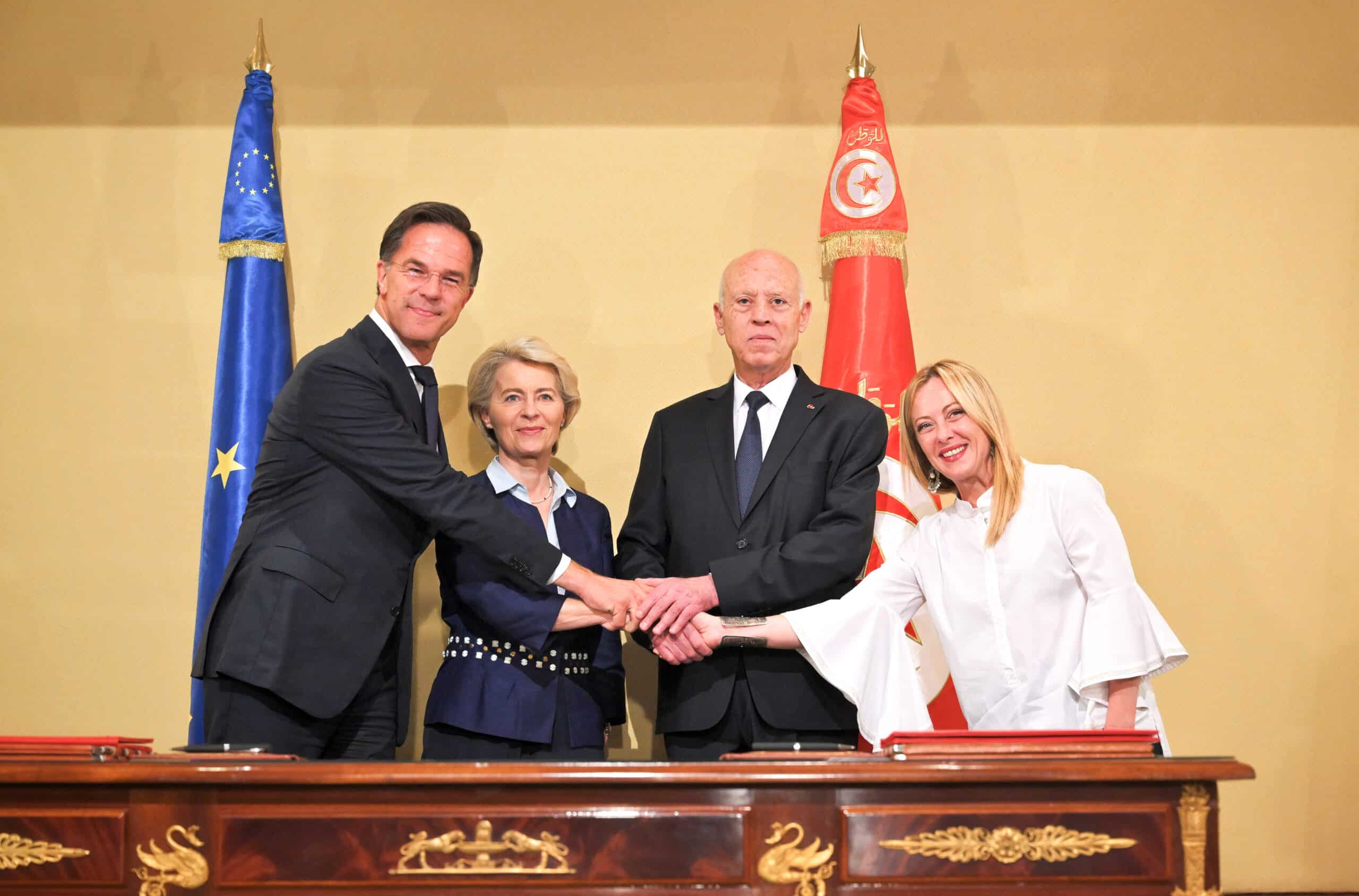200,000 university students and researchers choose Europe for professional enrichment
But the EU is not able to attract enough of them to employ in specialized fields
 200,000 students and researchers choose Europe as a destination for professional enrichment but the old country could attract a larger number of youth if the obstacles to obtain a study visa and residency permit were not still extremely difficult.
200,000 students and researchers choose Europe as a destination for professional enrichment but the old country could attract a larger number of youth if the obstacles to obtain a study visa and residency permit were not still extremely difficult.
Therefore the Commission proposed to simplify the European bureaucracy and try to attract more young non-European students. In particular, a stay inside the EU will become easier for stays exceeding 3 months. A new norm will establish time limits in which national authorities must accept or reject requests for residency and give more opportunity to access the job market in the residency period. Moving within the EU will be easier.
2 students and researcher from the ULB in Brussels, respectively from Tunisia and Benin, opened a press conference to present the project at the Commission saying that every day they encounter a lot of difficult red tape and they ask themselves if at the end of their research project or studies they can look for work in Europe or if they must return to their own country. If it is still so difficult to move for study and research from one member state to another, imagine from another continent to Europe. In Brussels even those coming from an EU country require months just to register at City Hall, if not, actually a whole year.
“Moving to the EU to study or do research is much more complicated than necessary. We must remove these obstacles to enable the EU to be more open to accommodate talent. This mobility, through movement of expertise and ideas represents an advantage for the EU and its economy,” declared Cecilia Malmström, European Commissioner for Internal Affairs. “Countries like China, India and Brazil are destinations where professionals like engineers, doctors and nurses look for future work and research opportunities. Europe must attract the resources it needs,” continued Malmström.
In 2011, the countries which received the highest number of students were France (64,794), Spain (35,037), Italy (30,260), Germany (27,568) and the Netherlands (10,701). While for research 7,000 citizens coming from foreign countries chose first France (2,075), Netherlands (1,616), Sweden (817), Finland (510) and Spain (447).
However Europe complains about not being able to attract enough resources to hire for specialized fields unlike other continents. To stimulate economic growth, innovation and create new jobs it is indispensable to invest in scholastic exchange and increase the number of international students. Among the proposals it is foreseen: facilitating mobility inside the EU for researchers and their families, students will be able to work 20 hours a week to support themselves and contribute to the economy of the host country and they will be able to remain 12 months after having finished their studies or the period of research to have ample time to find work.
Irene Giuntella


![Una donna controlla le informazioni sul cibo specificate sulla confezione [foto: archivio]](https://www.eunews.it/wp-content/uploads/2014/12/Etichette-alimentari.jpg)


![Ragazza in biblioteca. Nell'Ue chi studia non lavora e neppure cerca. In Italia funziona ancor più così [foto: Tulane University, Wikimedia Commons]](https://www.eunews.it/wp-content/uploads/2024/11/Girl_in_the_Library_3638661587-350x250.jpg)



